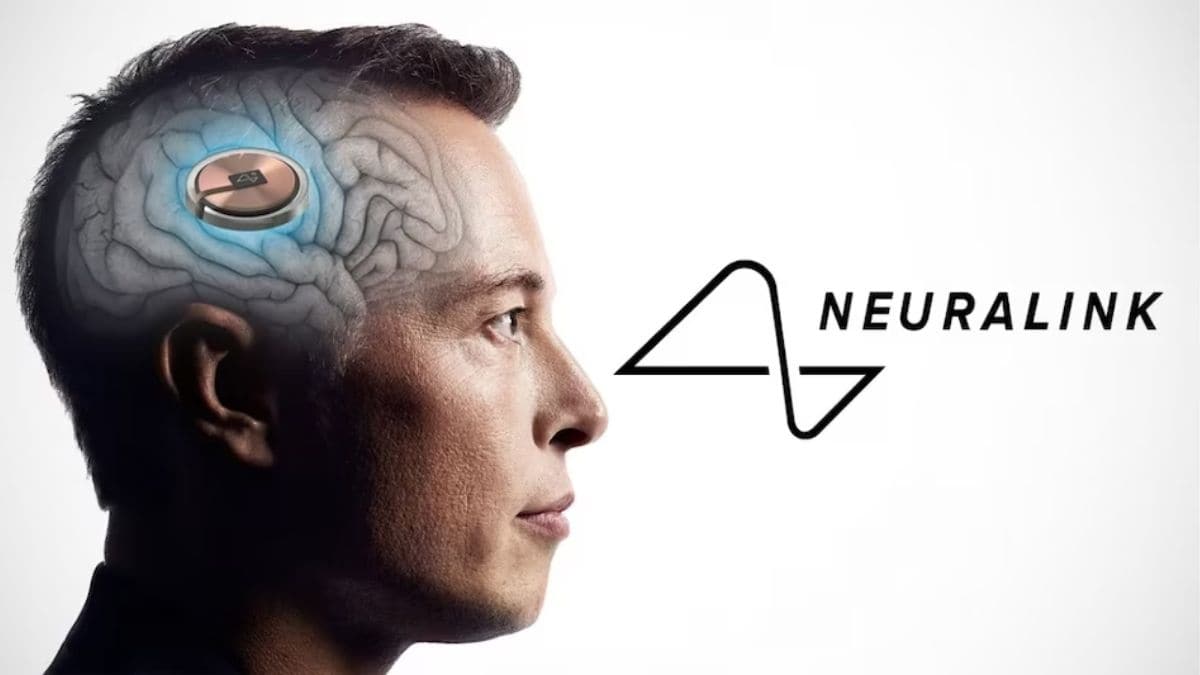What is Neuralink?
We’ve all heard the terms Neuralink around in the past few years, but ultimately what is it? Neuralink is an American neurotechnology company founded by none other than Elon Musk. Musk highlighted their mission includes developing an implantable brain-computer interfaces (BCI) allowing patients to connect and even control movement with just their mind. It will also aid in the study of brain electrical impulses and development of treatments to various medical problems that require such technologies.

How does Neuralink Work?
The Neuralink device consists of a coin size 8mm chip called the N1 chipset and this will be implanted into a patients skull. Its true wow-factor lies in its numerous hair-like, micro-cables containing electrodes and wires that mimic the size of individual neurones. These flexible yet minuscule ‘threads’ were developed as a means to reduce disruption of the brain’s normal function. Furthermore, as the wires are very small and practically impossible to be inserted by humans, a ‘neurosurgery robot’ called R1 Robot, capable of inserting six threads every minute, was subsequently created to conduct the implantation.
Once in place the N1 chip should be able to record and transmit electrical brain signals, wirelessly to a mobile app that decodes movement intention. Their goal is to allow people who ‘control a computer cursor or keyboard using thoughts alone’.

Neuralink falls into the category of brain-computer interfacing (BCI) which usually involve recording electrical signals from the brain, interpreting them and turning them into actions. This technology could therefore be used to restore physical mobility in people with disabilities.
What is going on with their First Clinical Trials?
Human clinical trials for the first Neuralink study was US Food and Drug Administration (FDA) approved in September 2023. While trials regarding BCI in human patients can seem alarming, the FDA has placed tight regulations to regulate safety and the company must adhere to this. Eligibility of participants is narrow as the only patients that can take part in the trials are those with quadriplegia from an injury or amyotrophic lateral sclerosis (ALS). In the trial, not only does Musk aim to assess the N1 chip but also evaluate the safety and efficacy of the R1 robot.
Where Elon Musk goes follows media controversy and this was no exception as allegation of animal cruelty was suggested early on in animal trials. According to the media company Reuters over 1,500 animals have passed admits the Neuralink animal trials, a rather high number which reflects the rushed development from the company. There is further concern regarding FDA’s uncertainty about the long term effects and potential of permanent brain damage from exposure to the battery of the chip.
Nevertheless, Musk is one step closer and he shares a brief update on the first patient who has had a successful transplantation. In a Spaces event he shares, ‘Progress is good and the patient seems to have made a full recovery’ and that the patient could ‘ move a mouse around by just thinking.’
What do you think about human trials for a brain-computer interface device? Are you ready to accept that this is the future?
References: